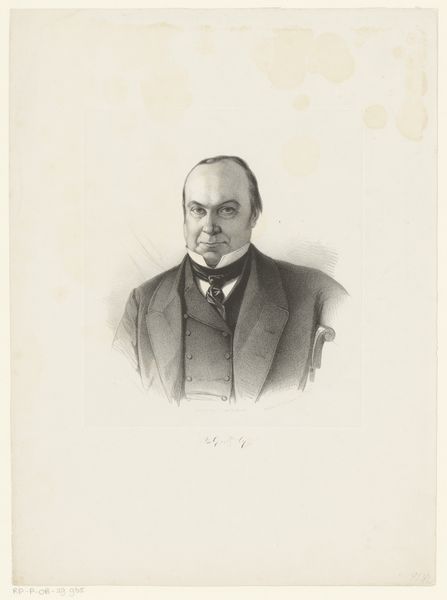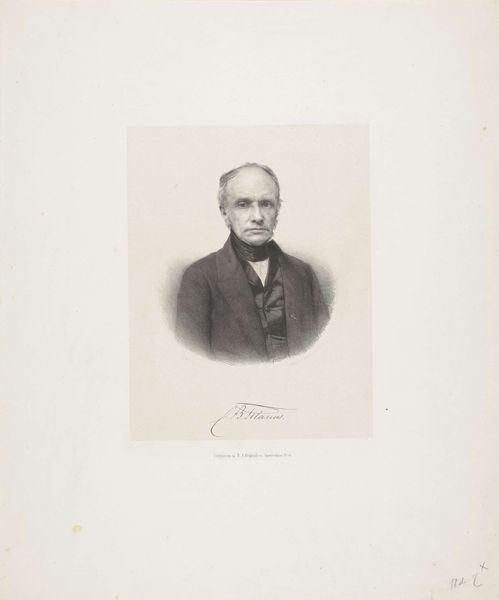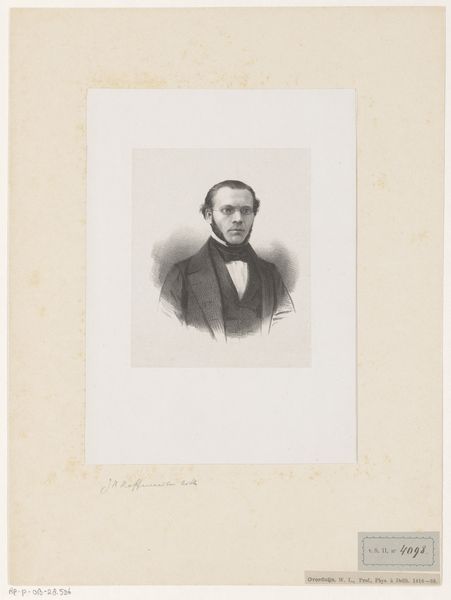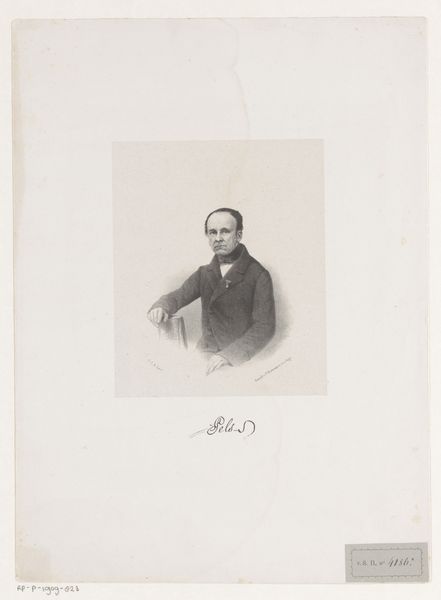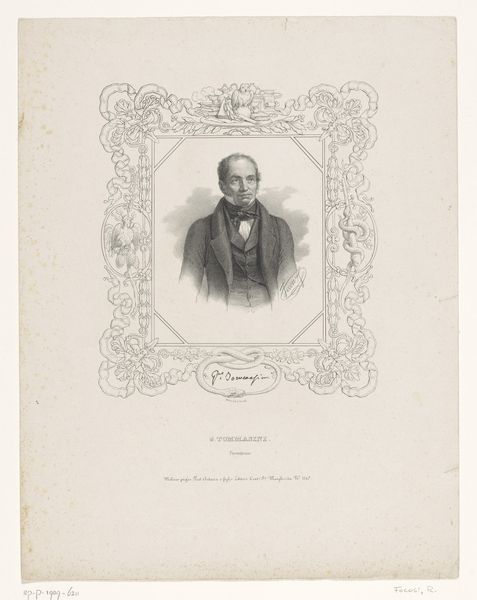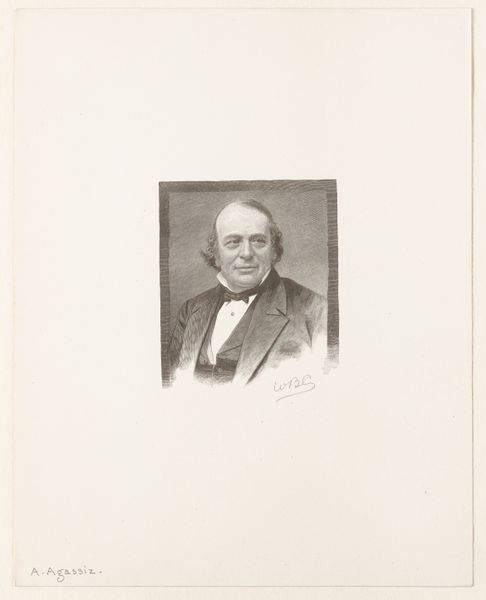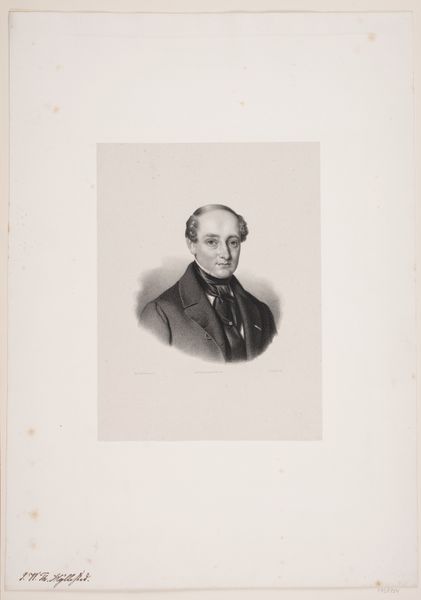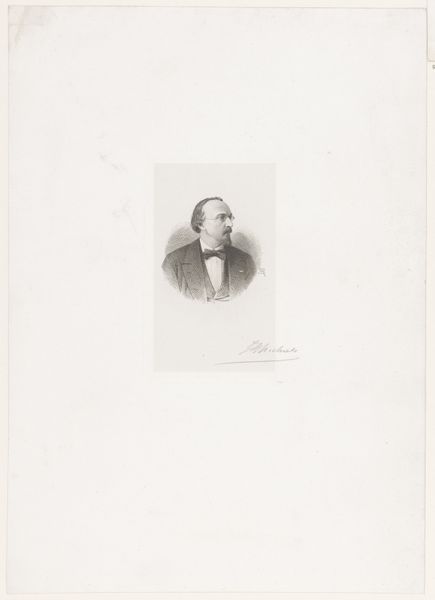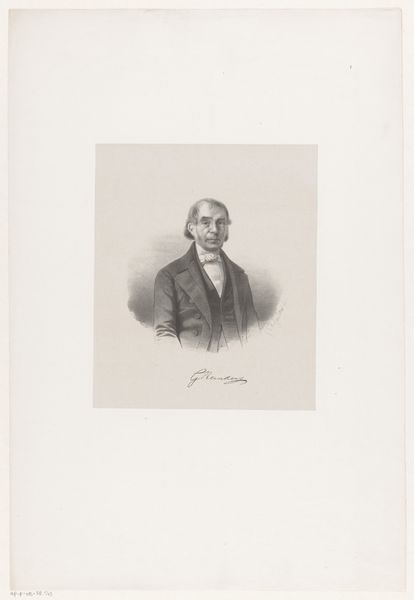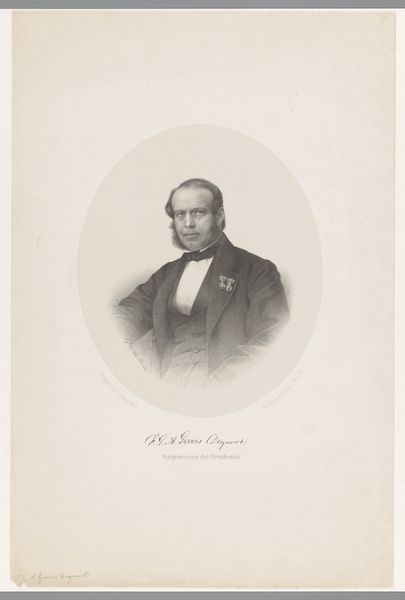
lithograph, print
#
portrait
#
lithograph
# print
#
realism
#
monochrome
Dimensions: height 480 mm, width 345 mm, height 268 mm, width 210 mm
Copyright: Rijks Museum: Open Domain
This is a portrait of Samuel Philippus Lipman by J. Keyser, and it’s rendered in engraving, a printmaking process involving carving into a metal plate. Look closely, and you will notice the remarkable detail achieved through this laborious method. Each line is carefully incised, creating a network of marks that define form and texture. The precision suggests the engraver's skill and patience, and the result is a study in light and shadow. Engraving, unlike drawing or painting, is an indirect process. It demands a deep understanding of how the final print will appear. The engraver must anticipate the effects of the printing press, adjusting pressure and inking to achieve the desired result. Consider the social context, too. Prints like these were made for broad distribution, bringing images to a wide audience during a time before photography was widespread. By appreciating the technical expertise involved, we can expand our understanding of the artwork, moving beyond subject matter to the modes of production that give it meaning.
Comments
No comments
Be the first to comment and join the conversation on the ultimate creative platform.
